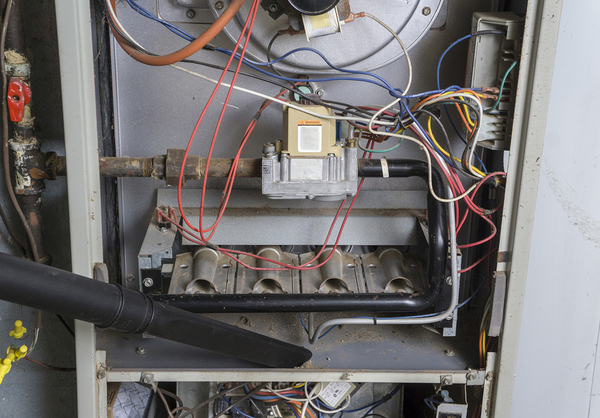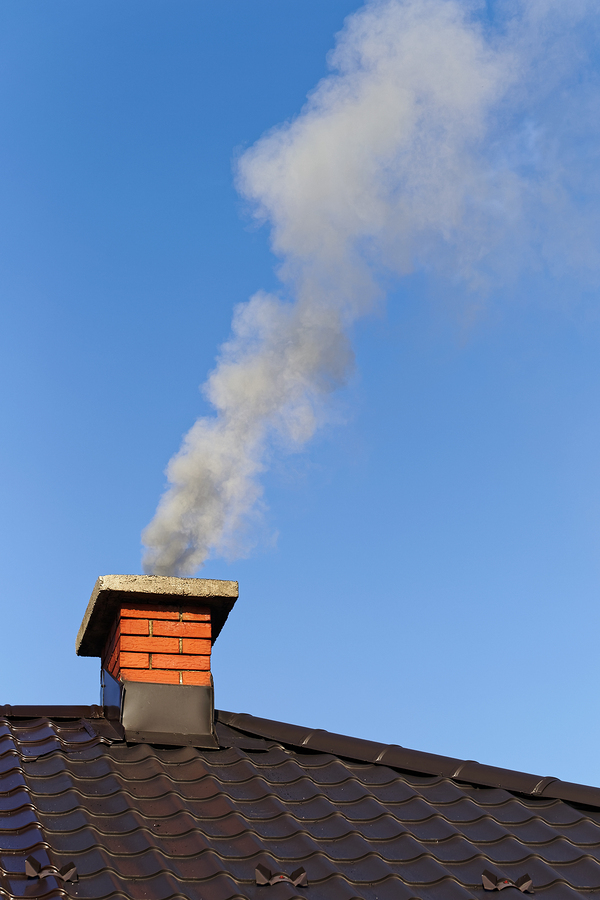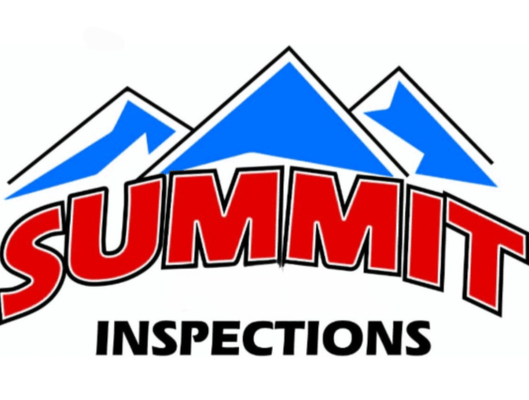
Keeping a furnace clean helps it work better and last longer.
The heating system is a critically important part of every home inspection. Next to the roof, it’s often the most expensive system to replace. Thus, if the furnace or boiler in the home you are inspecting is old, damaged or in need of replacement, the prospective homeowners need to know.
But how can you tell if a furnace or boiler is malfunctioning, or is about to?
Do Some Homework
You might be able to glean some valuable information even before you go to the home. For instance, how old is the home? This in itself will not confirm any suspicions about the heating system, but it could give you an idea, especially if the home is only a few years old.
A home’s location can also give you a clue. If it’s part of a larger development, it’s likely all the homes there have the same equipment and that it was installed at about the same time. Similarly, if the home is large or expensive, the equipment is likely to be high-end. A large, ranch-style home might even have two furnaces.
If improvements were made such as finishing the basement or adding on rooms, try to find out if the job was done by the homeowner or a professional. If it was the former and the heating system was not upgraded, it may be inadequate for the space in which it now needs to work.
What to Look For
When you arrive at the house and locate the furnace, note how it looks externally — are there panels or valves missing, is it rusty, etc.?
Note also what type of fuel the furnace uses. If it’s oil or gas, check the lines for leaks or degradation of any kind. Look for any evidence of a change in fuel sources — old coal bins, pipes no longer in use, etc. These could be evidence of the existence of abandoned underground fuel tanks.

If you see exhaust emanating from the chimney in summer, check the source.
Chimney Inspection
Next, look for the chimney. If there isn’t one, are there pipes to vent out gases? Many homes will have chimneys. Check to see if the masonry is in good shape, and look for signs of water leaking down the outside of the chimney and into the equipment.
Also, check the inside of the chimney. If it is missing a cap, the potential for problems is greater. See if there is any debris inside the chimney or water damage, including rust. Check that the flue liner is intact and not bent or twisted. Chimneys without a flue liner have the potential to leak gases, become blocked or catch fire. Soot in or around the top of the chimney is not a good sign.
If you’re inspecting the home in warmer months and see exhaust coming from the pipe, check into why this is. It may be from the system heating water for household use, but it’s good to double-check.
Other considerations when inspecting a furnace include whether it uses air, water, or steam; if it’s direct or indirect fired; whether it’s open or closed flame; and if it is convection or radiant heat.
Always turn the furnace on after your initial inspection to be sure it runs properly. Next, turn the system off and cut the power before you remove any panels to examine the inside of the unit. Look for loose or frayed wires, excessive dust or other debris and any other obvious problems.
While your home inspection course prepared you to fully inspect a home’s heating system, it’s best to defer to an HVAC expert if you find anything suspicious. They can certify the system’s safety and function.
Interested in becoming certified with our home inspection course? Get a demo or enroll now.
The post Factors to Consider When Inspecting Heating Systems appeared first on Home Inspection Training & Certification Online.
